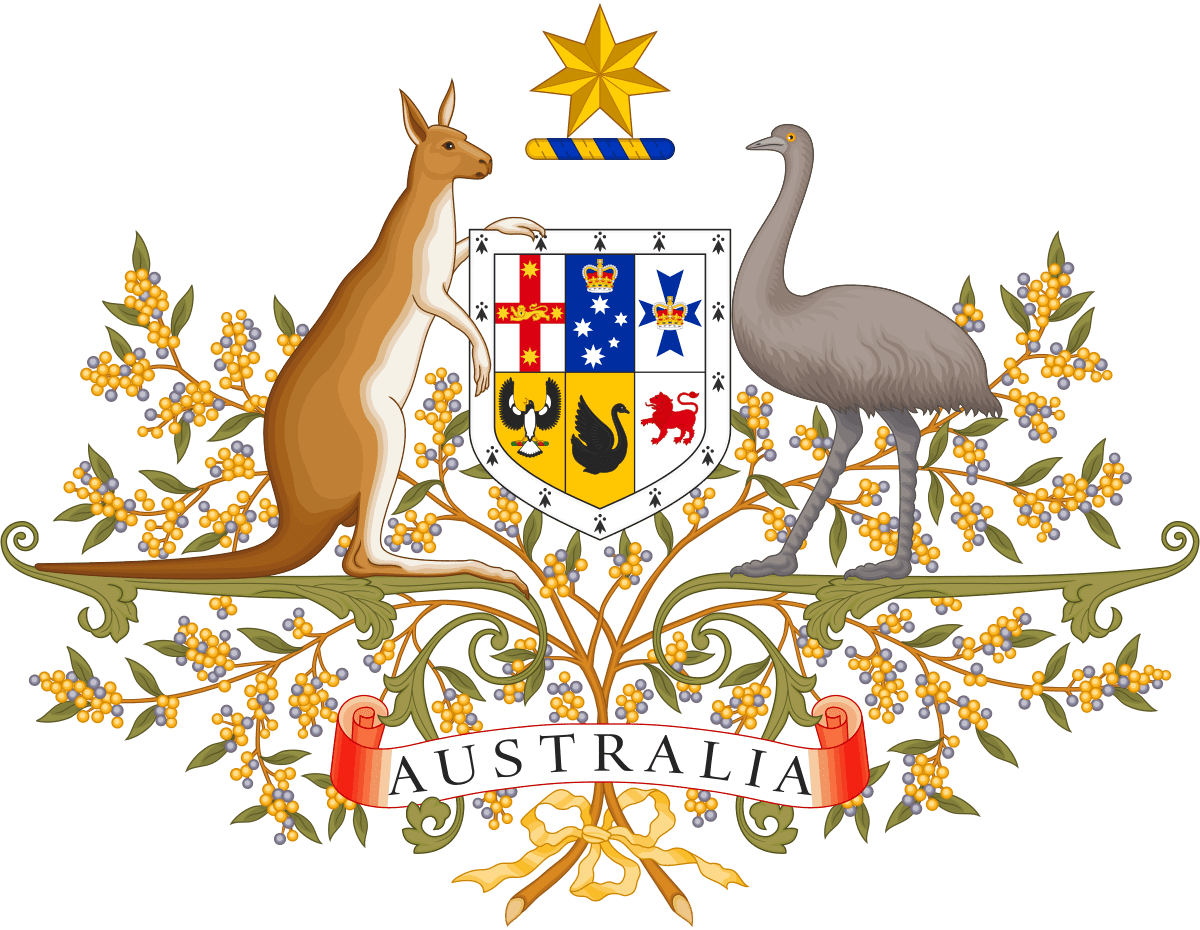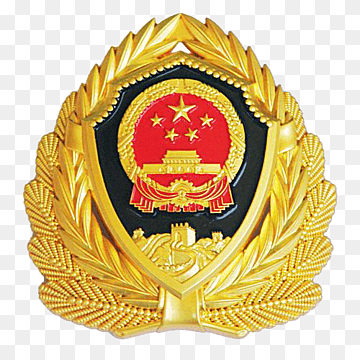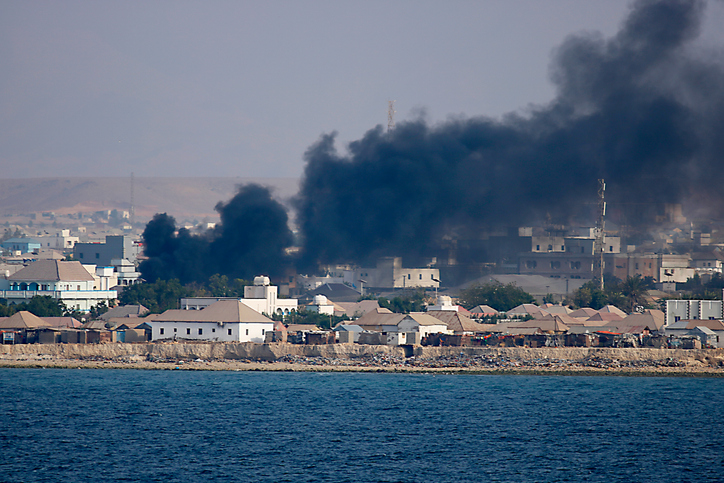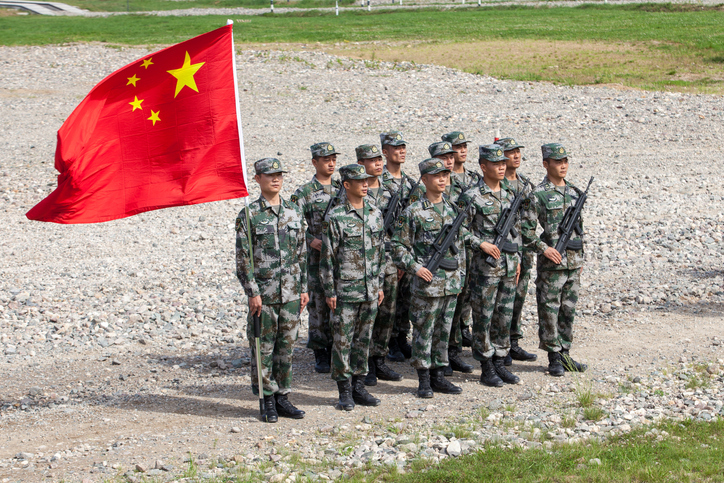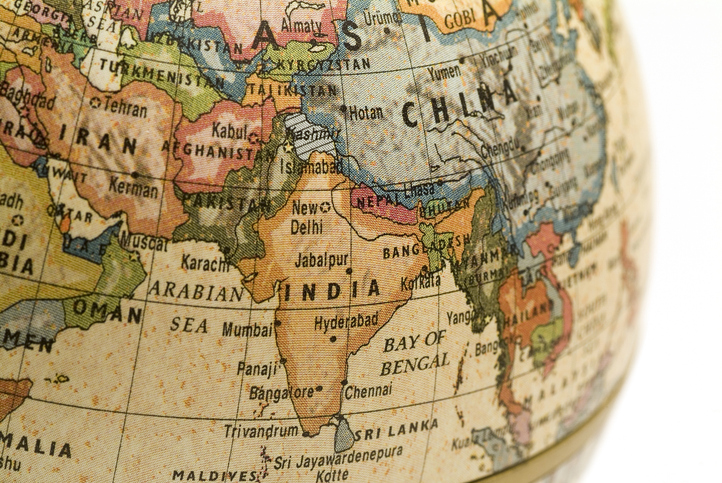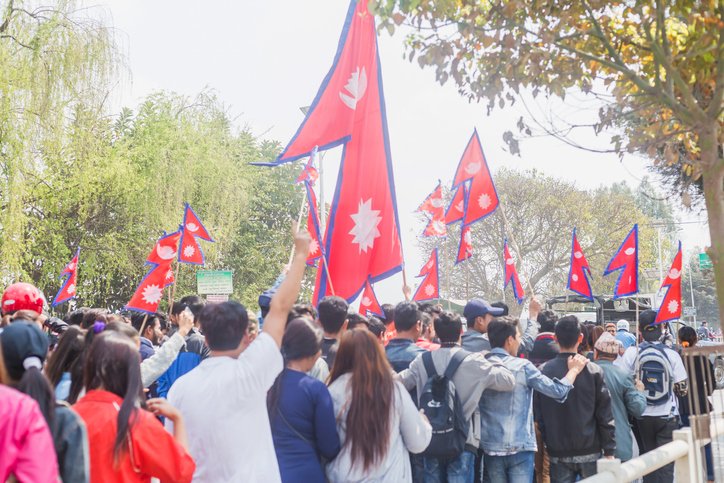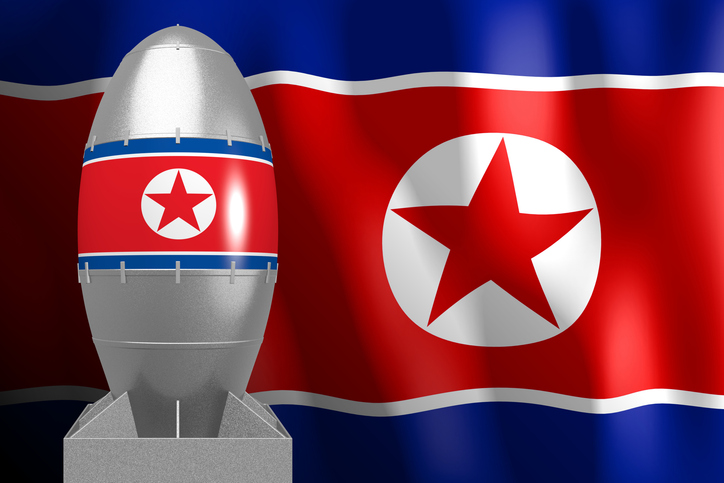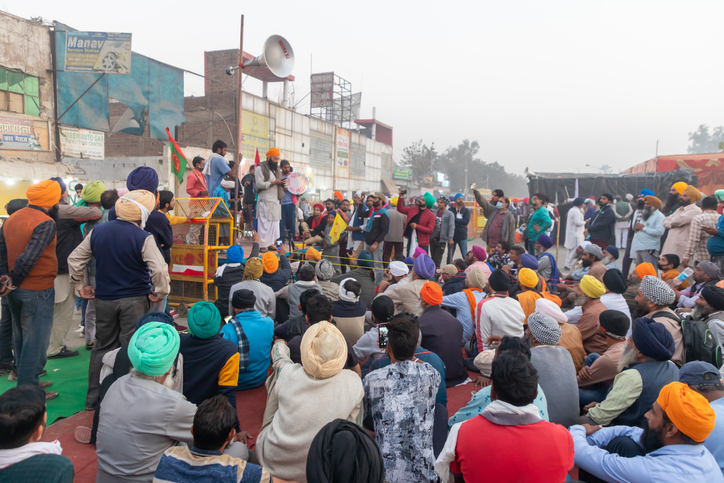
Nikita Bohra
Posted On : Sep 7 2020
The Afghan Taliban - the Road Ahead
The Afghan Taliban is an enigmatic and deeply controversial militant group that has been a central player in Afghanistan`s turbulent history.
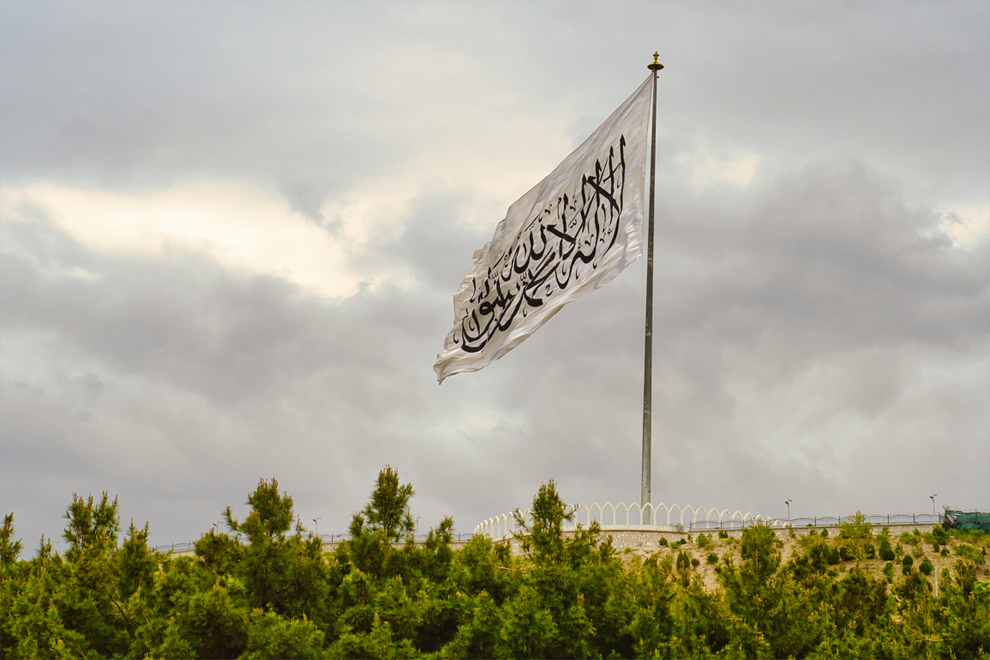
Rising to prominence in the mid-1990s, the Taliban's ideology and actions have had far-reaching consequences for the region and the world. This article explores the origins and evolution of the Afghan Taliban, as well as the challenges and prospects they face in the aftermath of significant geopolitical changes.
Origins and Ideological Foundations
The roots of the Afghan Taliban can be traced back to the turmoil that engulfed Afghanistan following the Soviet Union's withdrawal in 1989. Emerging in the early 1990s, the Taliban sought to establish an Islamic Emirate in Afghanistan, envisioning a society governed by a strict interpretation of Sharia law.
Their core ideology is rooted in Deobandi Islam, a conservative movement that emerged in India during the 19th century. Initially, the Taliban enjoyed the support of some Afghans who sought stability after years of civil war.
They capitalized on grievances stemming from the chaotic rule of various mujahideen factions, promising law and order. However, their brutal and repressive implementation of Sharia law, particularly regarding women's rights and minority rights, quickly garnered international condemnation.
Rise to Power and the Reign of the Islamic Emirate
The Taliban's ascent to power began in 1994 when they emerged as a significant force in southern Afghanistan. By 1996, they had captured Kabul and established the Islamic Emirate of Afghanistan, controlling approximately 90% of the country. During their rule, which lasted until 2001, they imposed a strict interpretation of Islamic law, banning activities such as music, movies, and television, while severely curtailing women's rights and education.
The Taliban's alliance with Al-Qaeda leader Osama bin Laden further complicated their international standing. After the 9/11 attacks, the United States demanded that the Taliban hand over bin Laden, who was responsible for the terrorist acts. The group's refusal led to the U.S.-led invasion of Afghanistan in 2001, leading to the eventual ousting of the Taliban from power.
Insurgency and Resurgence
Following their defeat, the Taliban transitioned into an insurgency, launching a prolonged and deadly guerrilla war against the Afghan government and international forces. Employing asymmetric tactics, the group conducted suicide bombings, ambushes, and assassinations to regain territorial control. Their stronghold remained in the rural areas, where they garnered some support due to grievances against the Afghan government's perceived corruption and inefficiency.
Over the years, the Taliban's resilience and adaptability were evident as they continued to launch large-scale attacks and gain territorial footholds. Simultaneously, they presented themselves as an alternative to the perceived Western-backed puppet government, capitalizing on Afghan discontent and disillusionment.
Peace Negotiations and Future Challenges
Despite their prolonged insurgency, the Afghan Taliban engaged in peace negotiations with the United States and the Afghan government in recent years. In 2020, the U.S. and the Taliban reached an agreement that paved the way for the withdrawal of American troops from Afghanistan. The deal also included a commitment from the Taliban to prevent Afghanistan from becoming a safe haven for terrorist organizations.
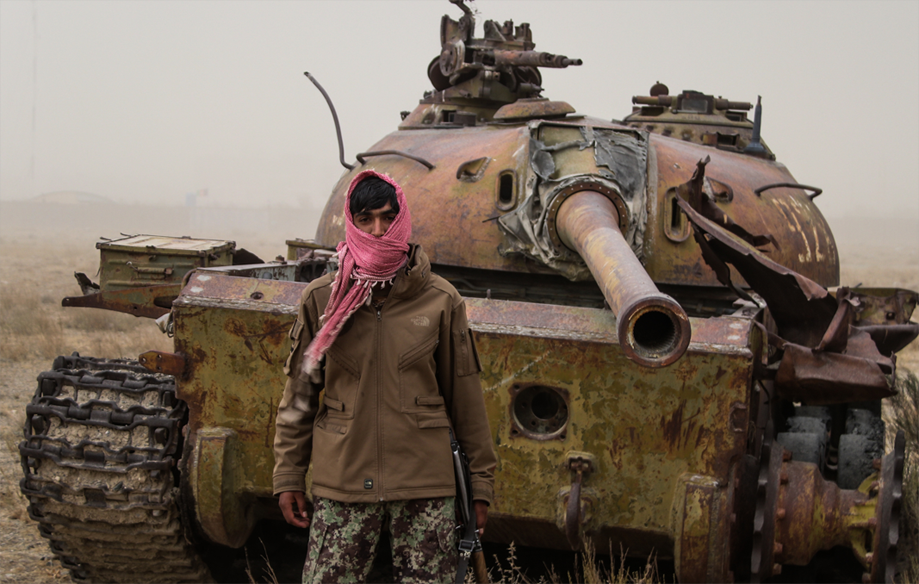
However, the peace process remains fraught with challenges. The Taliban's refusal to recognize the legitimacy of the Afghan government and their continued violence during negotiations have raised doubts about their sincerity. Moreover, concerns over the fate of women's rights and minority rights loom large, given the Taliban's previous track record.
As international troops withdrew from Afghanistan in 2021, the Taliban capitalized on the vacuum and rapidly seized control of significant parts of the country. In August 2021, they captured Kabul, leading to the fall of the Afghan government and the fleeing of many Afghans seeking safety. This development has intensified global scrutiny of the group's actions and intentions.
Conclusion
The Afghan Taliban remains a complex and influential player in Afghanistan's history and its future trajectory. Their origins in the aftermath of the Soviet-Afghan war and subsequent rise to power highlight the complicated sociopolitical landscape of the region. Despite the challenges posed by international intervention and military defeats, the group's ability to adapt and regroup demonstrates its enduring influence.
As the world watches the unfolding developments in Afghanistan, the international community faces the dilemma of engaging with the Taliban while holding them accountable for their actions and adhering to the principles of human rights and international law. The path forward is riddled with uncertainty, and only time will reveal whether the Afghan Taliban will genuinely embrace peace and contribute to stability in the region or revert to their violent past, plunging Afghanistan back into darkness.
No Comments Added





